Arriving in bear camp, I was eager to sight in a new rifle for the evening hunt. We were hunting northern Alberta, where the bounty of the boreal forest offers a dedicated bruin hunter plenty of unique opportunities. However, it wasn’t the big boars or color-phased bears that piqued my interest, but a .50-calibre high-powered air rifle. The rifle is named the “Hammer”, and for good reason—with 3,000 psi per shot, a 400-grain soft lead bullet hits like a truck.
I lined up my target and placed the first two bullets in the same hole. I was ready and confident in my newest hunting equipment.
After an early dinner, I changed into my hunting clothes, and we were off to sit for the evening. Clay Pruitt was with me for the hunt, capturing every detail on video. His expertise behind the camera had me a little excited and nervous for our first night in bear country.
Ruffed grouse drummed their wings with regularity, woodpeckers rattled old snags, white-throated sparrows serenaded us with high-pitched whistles that all reminded us of how productive northern forests are. The boreal region adds upwards of 5 billion birds to the fall migration every year, which is a feat worth celebrating. Bear hunters tuned to their surroundings know and understand the diversity of wildlife and birds one gets to encounter in this region.
My Thermacell put out a swirling waft of repellant that kept the mosquitos in a 10-foot circle from my stand; as if they were behind a glass window. I remember the good old days when we wore head nets, gloves, caps and did our zippers up through our collars. The mosquitos would probe your pants, like a sewing machine needle going up and down to lock in stitches, hoping to find flesh. Modern technologies make a spring bear hunt enjoyable, whether controlling the pesky insect population or providing a new way to harvest a bear.
A medium-sized black boar came to visit and entertained us with his antics. He wore a bright orange ear tag, indicating he was a problem bear in someone’s backyard and was moved to the remote stretches of forest. This bad-boy bruin seemed comfortable and accepting of his surroundings and settled in for several hours. A small sow showed up and stole the show, with the two bears acting rather randy and playful. The last we saw of them they were chasing each other with playful jousting.
The next morning, I spent more time on the range, interested in what the Hammer could do. A unique magazine lets the rifle to hold two bullets, and a quick cocking lever, requiring just two-pounds of pressure allows for a follow-up shot in a matter of seconds. There are several bullet options for the rifle including the 400-grain lead bullet I had chosen, and a 180-grain polymer-copper bullet. Both are extremely accurate and shoot consistently.
We were itching to get back in the stand and hadn’t sat long the second day when a small bear showed up. It looked like it had a rough spring and was severely rubbed on its neck and sides. It was nervous as all get-out, which could only mean there were bigger and meaner bears in the area.
Our scratching buddy visited most of the evening before making a hasty retreat for dense cover as the sun started to set. Soon after, a nice black boar came in and stood on his hind legs to get an unobstructed view of the area. The bear was extremely cautious, and I sat perfectly still hoping it would come in and settle down. The bear stood slightly taller than the 55-gallon drum at the bait, letting me know it was a definite shooter. I whispered to Clay that I was going to take the bear at the first available opportunity and bristled with excitement. The bear walked to the barrel, smelled the air, and turned to head back from where he came. I leveled my crosshair on the vitals but before I could apply pressure to the trigger the bear bolted with a crashing retreat into cover.
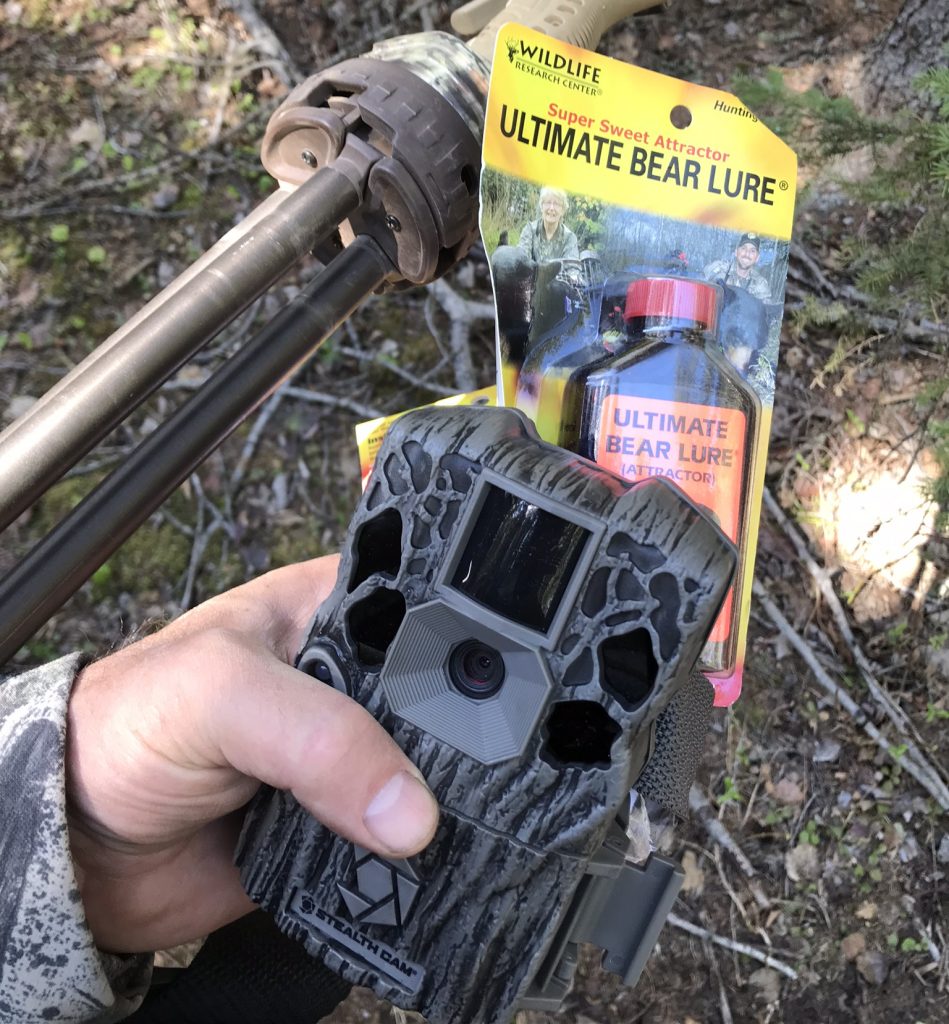
Bears have keen senses, and the boar just knew we were there. We hadn’t done anything wrong and hoped it would wander back in before the end of legal light, but it didn’t. Sean, our seasoned guide picked us up, and little scratchy waited impatiently for us to leave so he could return to the groceries.
We opted to change baits for the third night and sat in a large, white spruce with Clay perched above me and to my right, with a bird’s eye view of the action, right over my shoulder. We didn’t wait long before a nice black bear came in. The boar was slightly smaller than the barrel, and we watched it feed for over an hour before wandering off. A series of down poplar trees acted like a tightrope, and the bear walked up and down the tangle of logs without missing a step. Just before dark, several other bears showed up, and there was lots of chasing and crashing in the trees, but we didn’t see the bear we were after.
We opted to sit the next morning and were up by 4:45 a.m. to beat the heat of the rising sun. The forest was alive with a chorus of frogs and birds to greet us. We weren’t far from a river and watched a goldeneye hen fly from a cavity in a towering aspen to head out to feed. About 15 minutes later she returned and flew directly into her nesting hole.
We saw the same black bear we had the night before and a smaller black with a bright gold muzzle. We sat for over six hours before Sean picked us up and we headed back to camp to fuel up and prepare for the evening sit. A hearty meal, some hot coffee, and small piece of cheesecake would hold us over. The days are extremely long in the spring when up north, and we weren’t getting back to camp till almost 1:00 a.m. each day when we’d indulge in a hot pot of soup or chili left on by the camp cook.
The temperatures were extremely hot for May, and we enjoyed getting back in our big spruce tree with lots of shade and a gentle breeze. It was a welcome feeling compared to the stifling temperatures around vehicles and buildings.
We settled into our stands and checked our harnesses to ensure we were safe after indulging in another big meal. It took hours before the shadows started to stretch out across the forest floor and provide the comforts of a sun sinking into the western sky. The same black boar we had seen on our previous two sits was back to entertain us around 7:00 p.m. He moseyed in as though he owned the place and quickly went to work filling his stomach. The bear had a beautiful hide with thick fur that glistened in the sun with a bluish tinge in the right light. He was curious and came to our stand to investigate, standing against my ladder stand and shaking it as though trying to get me to fall from my perch. He drank from a local puddle and returned to the trail mix, which seemed to garner most of his attention.
After an hour and a half, the bear got up, walked down his sequence of logs, and disappeared into the forest. We sat in silence, wishing we had entertainment and an early-warning system for bigger bears.
I grew complacent in my visual search of the forest and well-worn game trails when something caught my attention. Was it brown? I whispered to Clay that a bear was coming.
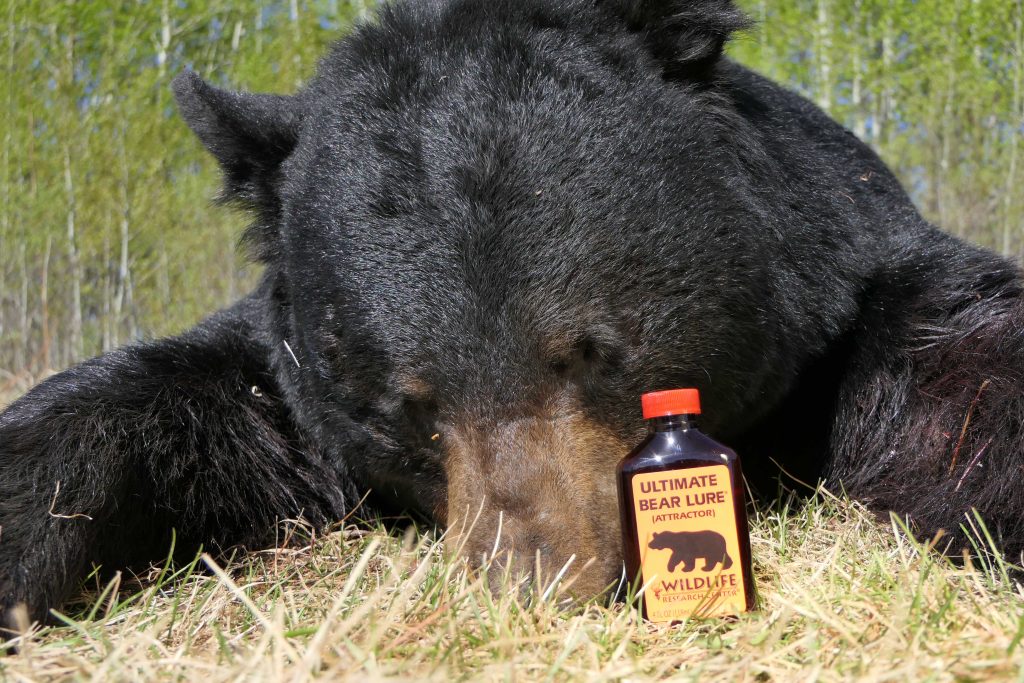
Carefully and cautiously, the bear edges closer. The nice brown walked a gauntlet of logs in silent motion, stopping about 30 yards from us where it stared in our direction, lifted his nose and captured the smells of anything close. It took several minutes for the bear to work his way in, and when it walked behind the barrel, and I could still see part of its back, I knew it was a great color-phased bear with good maturity.
I let Clay know I hoped to shoot the bear but was going to wait for the perfect broadside shot. Of course, the bear plopped down on the ground facing us and fed for 15 minutes while I checked it through my scope. It teased me but never offered a clear view of its side profile. I always carry shooting sticks when hunting bears and had my rifle fully rested and locked onto the bruin, waiting for the perfect opportunity. I’ve shot lots of bears and was glad I had the time for my heart rate to slow down. Bears have a funny way of generating an adrenaline rush no matter how many times you’ve encountered them.
The bear finally stood up and wandered behind the bait. When it returned, the bear finally offered a full view of its right side. Steady on my sticks, I wasted no time clicking off the safety and tightening up on the trigger. At the sound of the shot, the bear cartwheeled twice, found his footing, and charged about 12 yards into the trees. I had already recocked my rifle and was following it with my scope for a follow-up shot when it fell to the ground. I had taken my first bear with an air rifle and was shaking with excitement.
Not only was the Hammer effective, but it was quiet and easy to shoot. The large bullet made short work of tracking, which is always an important consideration when hunting bears. Being able to watch the animal tip over is always worth a high-five from your guide.
The bear was a unique color of brown and grew as I got closer to it on the ground. Stretching close to six and a half feet from nose to tail, I knew it was a great bear. My bear had fresh wounds from fighting and showed all the signs of being a mature boar. My first air rifle black bear hunt was an enormous success, and I can’t wait for a repeat performance.
Umarex Hammer
Umarex USA will launch the Hammer, an American-made .50 caliber air rifle, in August 2018. They are assembled in Fort Smith, Arkansas with several components built to exacting standards by the German parent company.
The impressive energy and three full-power shots delivered by the .50 caliber Umarex Hammer is due to the Lightspeed valve. The innovative engineering used to design this internal mechanism only takes two pounds of effort to operate its straight-pull bolt.
The Hammer is powered by 4,500 pounds per square inch of compressed air on-board the carbon fiber cylinder to a capacity of 24 cubic inches. The Hammer’s Lightspeed valve, coupled with a regulator instantly pulses a measure of air compressed to 3,000 psi, behind the projectile. The system propelled my .50 caliber 400-grain lead slug at a muzzle velocity of 800 feet per second and a 180-grain slug tested on the range at 1,200 feet per second.
The Umarex Hammer is the only big bore air rifle that offers multiple shots with a chamber magazine. Unique to the Hammer is the utilization of two safeties—a conventional trigger block and a magazine lockout that prevents it from discharging without a magazine inserted
The Umarex Hammer is equipped with additional features that include a standard AR Magpul grip, Quick Disconnect Foster fitting to fill the onboard air cylinder, externally visible air pressure gauge, a button-rifled .50 caliber barrel, and 8.5-inches of Picatinny rail. MSRP $799.99.
Umarex Hammer Features & Specifications
- Made in the USA
- Delivers 3 full-power shots plus two additional effective shots
- Places 3 rounds of 350 grain lead slugs within an inch at 50 yards
- Straight-pull bolt with 2 lb. cocking effort and just 2 in. of travel
- Patent-pending Lightspeed valve
- Two linear 2-round magazines included
- 24 cubic inch carbon fiber tank holds 4,500 psi compressed air
- Regulated to 3,000 psi per shot
- Utilizes Quick Disconnect Foster fitting for filling
- Standard Magpul AR grip
- Machined Picatinny Rail 8.5-inch in length with 20 slots
- Modern stock design manufactured by PolyOne
- Three slot locations incorporated in forearm for M-LOK attachment
- Rear sling stud built-in
- 43.75-inch overall length
- 8.5-pound overall weight unloaded without scope
- 29.5-inch barrel length with full length composite shroud
- 3 lb. trigger weight
- Two safeties: magazine lock-out, trigger block
Pro-Wick High-Intensity Scent Dispenser
Made with a special synthetic felt, a Pro-Wick will not alter or change the smell of your lure but does suck it up and hold it like a sponge. Designed to hang in a tree, it will disperse scent and draw game from a wide area. The wicks come in a four-pack and resealable zip lock bag.
Ultimate Bear Lure
Wildlife Research Center Ultimate Bear Lure is a great way to attract bears and, when set up strategically, can produce the perfect shot opportunity. It is made with a powerful, extremely intense, burning, sweet-smelling attractant with hints of fruit, anise, and other aromatics that force you to keep sniffing the bottle. Besides hunters, bears can’t resist it and often come straight to it when deployed on a wick.


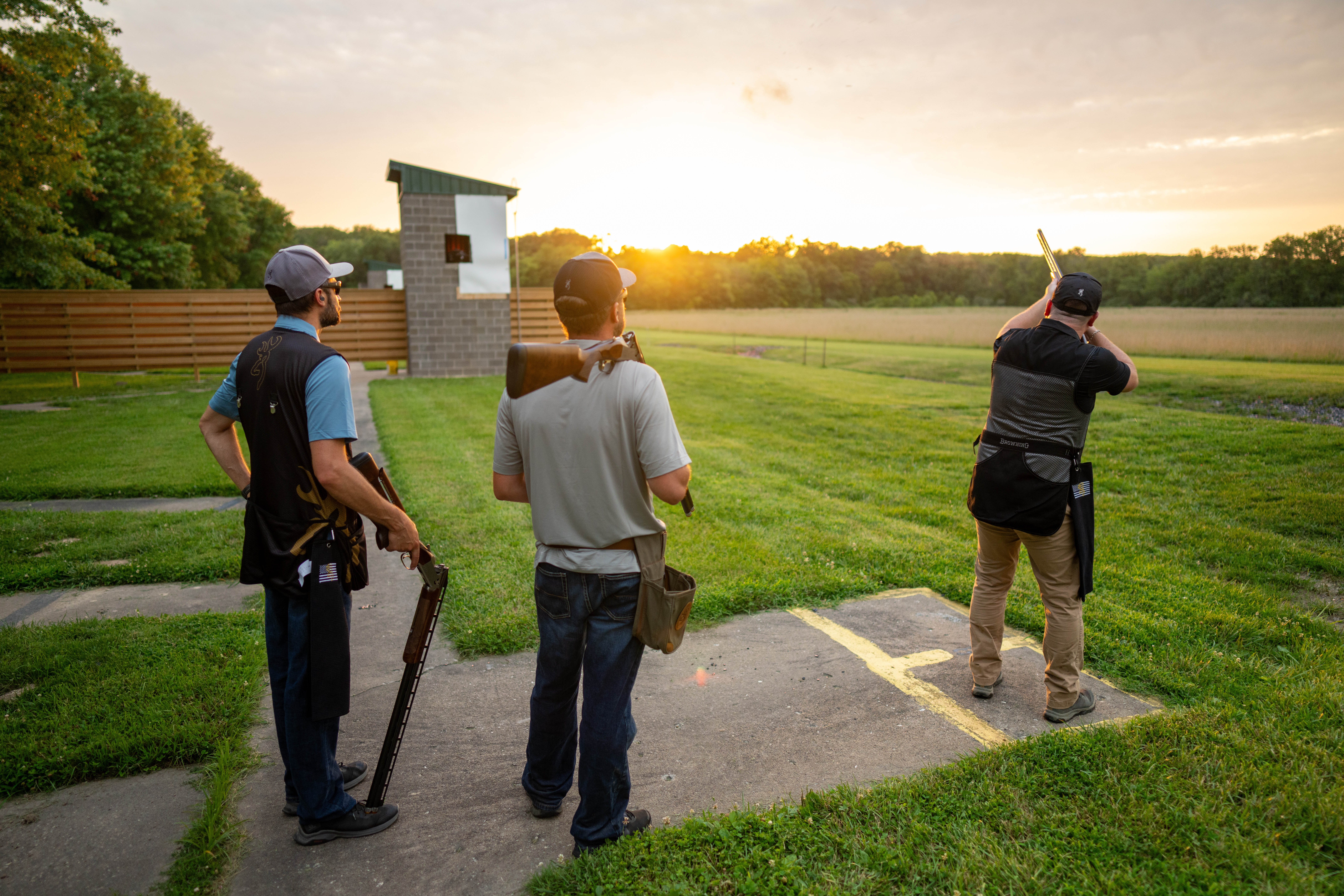
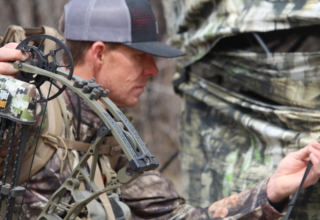
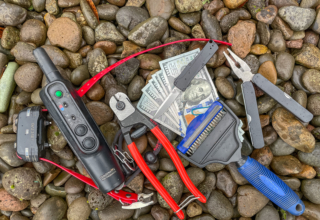

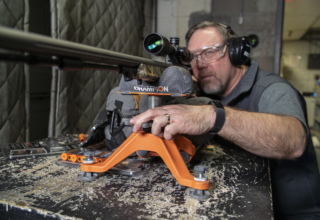

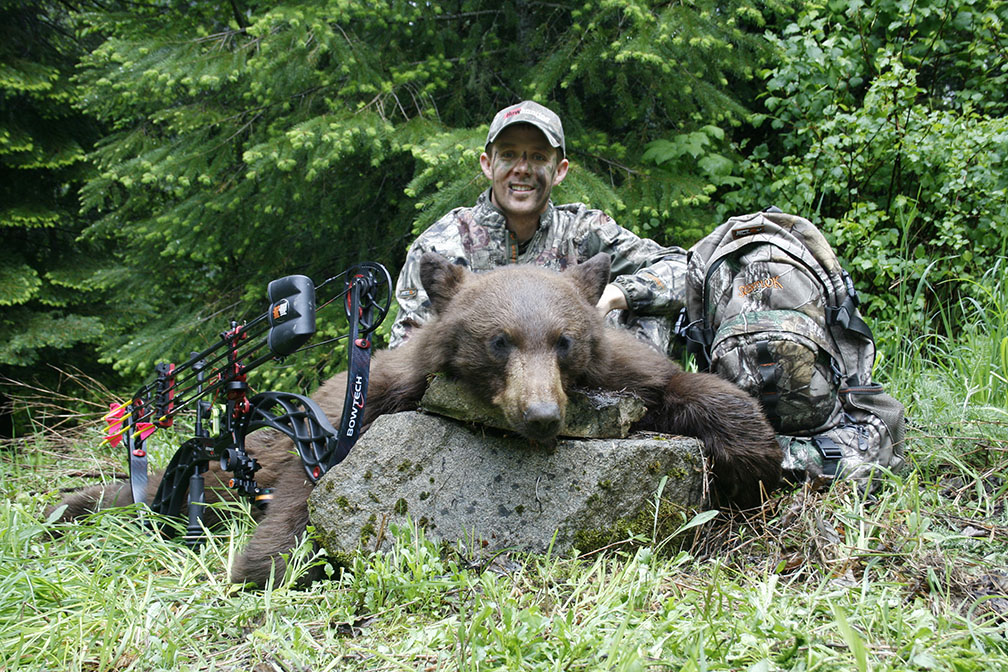
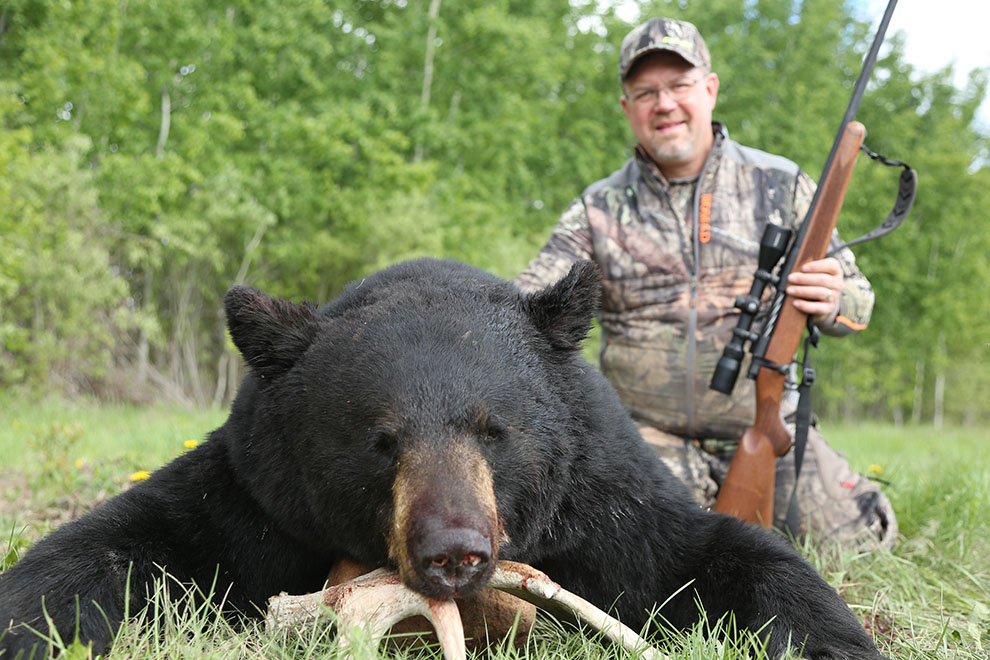

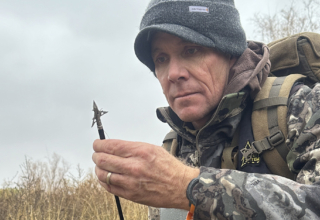

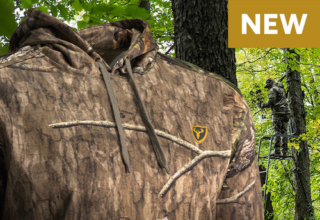


http://Boyarka-Inform.com/
May 20, 2025 at 11:15 am
I’m gone to inform my little brother, that hee should also visit this website on regular basis to gget
updated from most up-to-date reports. http://Boyarka-Inform.com/
Fliphtml5.Com
May 20, 2025 at 8:24 pm
Nicee post. I learn something totally new and challenging on websites I
stumbleupon everyday. It will always be exciting to read content
from other authors and use something from their websites. https://Fliphtml5.com/homepage/xwjto
Studio32.Cl
May 20, 2025 at 8:35 pm
Aw, this was an extremely good post. Finding the time and actual effort to
generate a superb article… but what can I say…
I procrastinate a whole lot and never seem too get nearly
anything done. https://Studio32.cl/post/qu%C3%A9-es-el-foilyage?commentId=331aa9f5-32e0-44e3-9cff-98ac88c6708e
highlow-japan.com
May 21, 2025 at 2:26 pm
最近では、 のように、直感的にできるバイナリー投資が話題になっています。とはいえ、まずは試してみたいけど、損はしたくない…そんな声も。
いきなり本番じゃなくてもOK、まずは“仮想で練習”が可能。 のデモは、実際の相場を再現した本格仕様。ノーリスクで「もし自分が本気でやってたら?」を試せるのは大きい。 http://highlow-japan.com
casinogames
June 23, 2025 at 10:16 am
Los casinos sson lugares en loss que los usuarios
pueden disfrutar dee una variedad de juegos de azar. Algunos de los juegos
máscomunes se encuentran las máquinas tragamonedas, la ruleta, eel póker y el blackjack.
Muchas personas loss visitan buscando entretenimiento,
mientras quee otros lo hacen esperando ganar dinero.
Hoy en día, los casinos en línea también han ganado una gran popularidad, permitiendo a los usuarios
jugar ssin salir de casa. Estos otrecen promocines atractivas y una experiencia interactiva.
Es importante tener enn cuenta que el juego debe ser responsable y practicarse de forma
controlada.
Los casinos, tanto físicos como digitales, forman parte del
entretenimiento moderno, y su éxito radica en la combinación de suerte y estrategia. https://www.trustpilot.com/review/dreambeach.cl
Https://Www.Trustpilot.Com
June 23, 2025 at 1:37 pm
Los casinos son lugares donde los usuarios pueden disfrutar de uuna amplia gama de juegos de azar.
Algunos de los juegos más communes se enccuentran laas máquinas tragamonedas, la ruleta,
el póker y el blackjack. Muchos jugadores loss visitan en busca de diversión,
mientras que otros lo hacen esperanndo ganmar dinero.
Actualmente, los casinos en línea también hhan ganado mucha atención, permitiendo a los usuarios jugar sin salir de casa.
Estos ofrecen promociones atractivas y una experiencia
interactiva.
Es importante recordar que eel juego deb serr responsable y practicarse de forma
controlada.
Los casinos, tanto físicos como digitales, forman parte del entretenikmiento moderno, y su éxito radica en la emoción del
azar. https://www.trustpilot.com/review/emprendeisrael.cl
reneFeani
June 24, 2025 at 4:07 pm
Реставрация бампера автомобиля — это востребованная услуга, которая позволяет восстановить первоначальный вид транспортного средства после незначительных повреждений. Современные технологии позволяют устранить потертости, трещины и вмятины без полной замены детали. При выборе между ремонтом или заменой бампера [url=https://telegra.ph/Remont-ili-zamena-bampera-05-22]https://telegra.ph/Remont-ili-zamena-bampera-05-22[/url] важно рассматривать степень повреждений и экономическую целесообразность. Экспертное восстановление включает подготовку, грунтовку и покраску.
Смена бампера требуется при значительных повреждениях, когда реставрация бамперов невыгоден или невозможен. Расценки восстановления зависит от материала изделия, степени повреждений и модели автомобиля. Полимерные элементы допускают ремонту лучше железных, а современные композитные материалы требуют профессионального оборудования. Грамотный ремонт расширяет срок службы детали и сохраняет заводскую геометрию кузова.
К вашим услугам в любое время и в любых обстоятельствах по вопросам Ремонт бамперов и пластика в москве – стучите в Телеграм mhg25